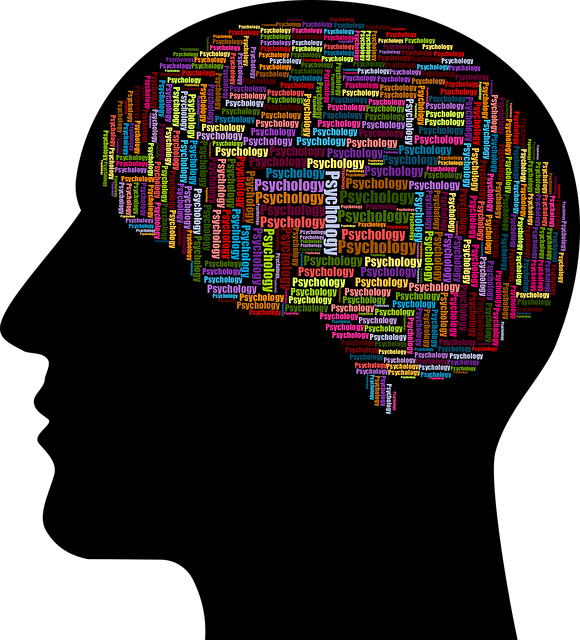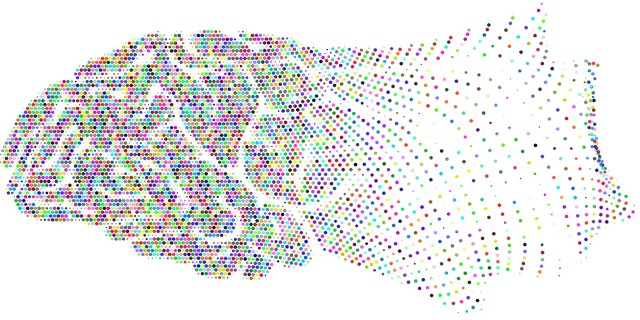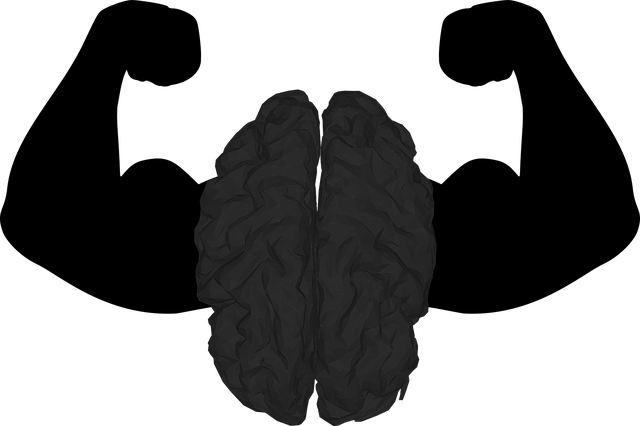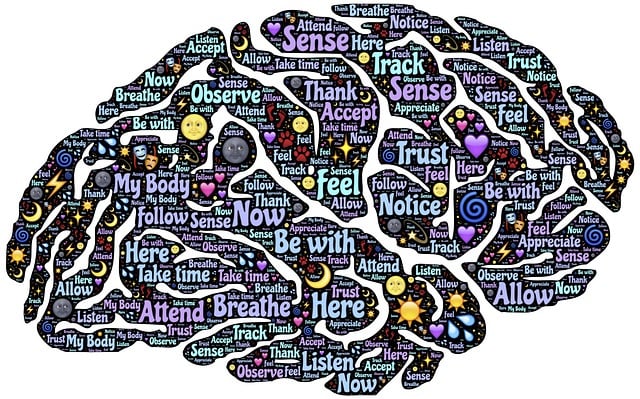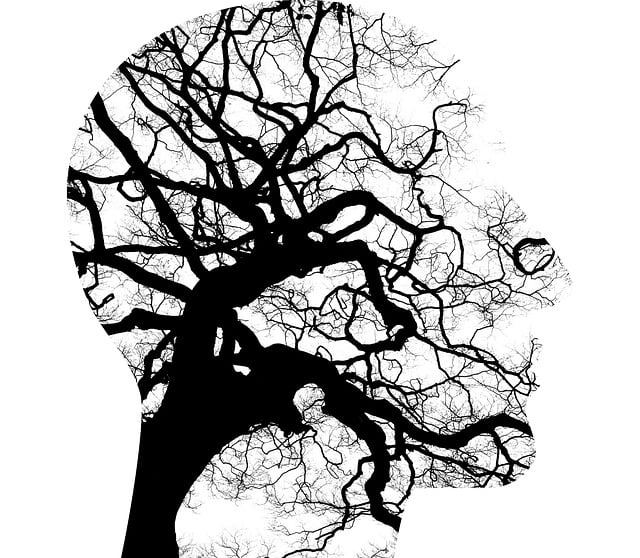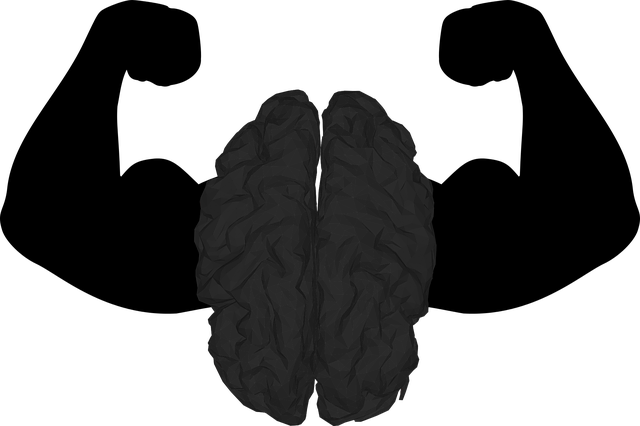The Broomfield ADD-ADHD Therapy self-assessment tool is a comprehensive mental wellness resource, aiding individuals in understanding and managing ADHD symptoms through evaluating daily life areas. Its structured framework, incorporating mindfulness, stress management, and tailored coping strategies, fosters resilience, enhances overall mental wellness, and improves quality of life. As a multifaceted assessment, it considers diverse psychological needs, including specific disorders like ADHD, mood, anxiety, stress, self-esteem, trauma, and crisis intervention. Effective implementation in Broomfield requires strategic planning for user engagement, accessibility across platforms, intuitive design, regular updates, cultural sensitivity, and tailored modules for social skills training and self-esteem improvement.
Mental wellness self-assessment tools play a pivotal role in individual understanding and support. This article explores the development of such tools, starting with an in-depth look at the Broomfield ADD-ADHD Therapy Framework, which offers valuable insights into mental health evaluation. We delve into designing effective assessment tools, highlighting key components for comprehensive evaluations. Additionally, we discuss implementation strategies, emphasizing user engagement and feedback integration to continuously improve these vital resources.
- Understanding Mental Wellness Self-Assessment: The Broomfield ADD-ADHD Therapy Framework
- Designing Effective Tools: Key Components for Comprehensive Evaluation
- Implementation and Continuous Improvement: Strategies for User Engagement and Feedback Integration
Understanding Mental Wellness Self-Assessment: The Broomfield ADD-ADHD Therapy Framework

Mental wellness self-assessment tools play a pivotal role in fostering self-awareness and personal growth by enabling individuals to evaluate their mental health status. One such framework, the Broomfield ADD-ADHD Therapy, offers a structured approach to understanding and managing attention-deficit/hyperactivity disorder (ADHD) symptoms. This therapy model encourages individuals to assess various aspects of their lives, including work, relationships, and leisure activities, to identify areas where ADHD may be impacting their daily functioning.
By incorporating practices such as mindfulness meditation and stress management techniques, the Broomfield ADD-ADHD Therapy Framework empowers individuals to develop coping strategies tailored to their unique needs. These self-assessment tools not only help in recognizing challenges but also in cultivating resilience and enhancing overall mental wellness. Through this holistic approach, individuals can better navigate the complexities of ADHD, leading to improved quality of life and greater personal fulfillment.
Designing Effective Tools: Key Components for Comprehensive Evaluation

Effective mental wellness self-assessment tools are designed to be multifaceted, encompassing various aspects of an individual’s psychological well-being. To create comprehensive evaluations, developers must consider key components that cater to diverse needs. One such crucial element is incorporating subscale measurements for specific disorders, like Attention-Deficit/Hyperactivity Disorder (ADHD) as offered by Broomfield ADD-ADHD Therapy, to ensure tailored assessments. These subscales can help identify symptoms and guide personalized interventions.
Additionally, the tools should assess various dimensions of mental wellness, such as mood, anxiety, stress, and self-esteem, often linked to a boost in confidence. Trauma support services and crisis intervention guidance can also be integrated, addressing potential issues that may arise during the assessment process. A well-rounded approach ensures that users receive valuable insights into their mental health status, facilitating informed decisions and appropriate referrals when needed.
Implementation and Continuous Improvement: Strategies for User Engagement and Feedback Integration

Implementing a self-assessment tool for mental wellness requires strategic planning to ensure user engagement and continuous improvement. The initial launch should focus on accessibility, making the tool easily available across various platforms to cater to diverse preferences and needs. User experience plays a pivotal role in encouraging participation; intuitive designs, clear instructions, and regular updates based on user feedback can significantly enhance engagement.
Feedback integration is essential for refining the assessment process. Collecting insights from users, especially those with conditions like ADD/ADHD in Broomfield, can reveal areas of improvement. Incorporating cultural sensitivity in mental healthcare practice ensures that the tool resonates with a broader audience. Social skills training and self-esteem improvement modules can be tailored to enhance the user experience, making the assessment not just informative but also empowering.
Mental wellness self-assessment tools, as exemplified by the Broomfield ADD-ADHD Therapy Framework, are invaluable resources for individuals seeking to understand their mental health. By incorporating key components that facilitate comprehensive evaluation, these tools empower users to take control of their well-being. Continuous improvement through user engagement and feedback integration ensures that these assessments remain relevant and effective in addressing evolving mental health needs. Leveraging such tools can foster proactive mental wellness management, ultimately enhancing overall quality of life.
